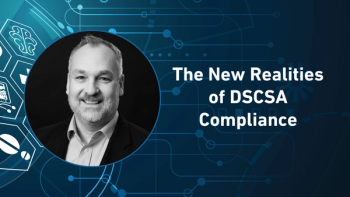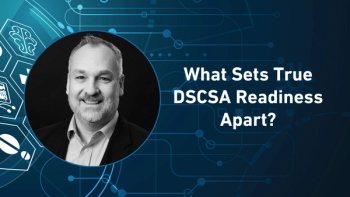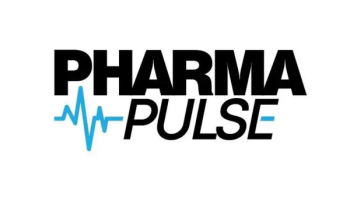
Pharma Pulse: Cardinal Health Expands with Solaris Acquisition, Hospitals Centralize Pharmacy Hubs, and GLP-1 Safety Signals Emerge
This episode of Pharma Pulse dives into Cardinal Health’s acquisition of Solaris Health to strengthen specialty services, how hospital networks are investing in centralized pharmacy hubs to improve efficiency and supply chain resilience, and new research linking GLP-1 drugs to potential optic nerve disorders.
Welcome to Pharma Pulse, a Pharmaceutical Commerce podcast where we bring you the latest insights shaping patient access, supply chain/logistics, data & tech, and healthcare innovation. I’m your host, and today we’re looking at three stories shaping the intersection of pharmaceutical business, healthcare delivery, and patient safety.
Cardinal Health has
In other news, hospital systems are
Lastly, a
From strategic acquisitions to innovative hospital pharmacy models and emerging drug safety concerns, these stories reflect the complex landscape pharma and healthcare leaders are navigating.
That’s it for this episode of Pharma Pulse. For more insights on trends transforming pharmaceutical access and care delivery, visit
Thanks for listening—until next time, stay well and stay informed.
You can catch Pharma Pulse directly on
Newsletter
Stay ahead in the life sciences industry with Pharmaceutical Commerce, the latest news, trends, and strategies in drug distribution, commercialization, and market access.





